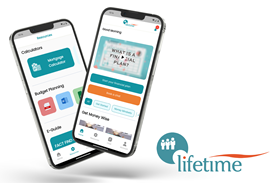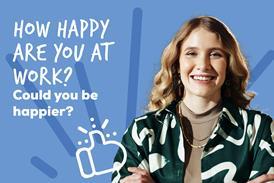To find out what D&I looks like on the ground, we asked Abbey O’Hara, Internal Communications Lead at River Island, to share the three top lessons they have learned on their journey towards creating and implementing a robust D&I strategy.
Lesson one: don’t go it alone
In the last year, we’ve partnered with Blueprint For All, formerly the Stephen Lawrence Charitable Trust, which has been doing a deep-dive audit across the whole of our business, including our distribution hub, to find out how diverse and inclusive we are in areas such as leadership, recruitment, promotion and development. Following that, they developed senior leadership training that’s now being rolled out across the business to help all our staff become more D&I aware.
More recently, we’ve also adopted blind recruiting, which removes unconscious bias during the hiring process. Job applications come via a tech platform that removes identifiers such as names, ages and backgrounds. It’s a way of getting a more diverse range of people in front of us during the interview process – we’re always looking at new things we can do to be more diverse.
Lesson two: give all your staff a voice
A solid D&I strategy isn’t something that should be owned only by a business’s leaders – one of our taglines is, ‘Every Islander counts.’ We have a D&I group that includes representation from across the business, populated by passionate volunteers. We’ve set up a mailbox called Always Listening, so everyone can put their ideas together, and suggestions are directed to the senior leadership team. They’re the ones who can make changes, but they’re not necessarily always the ones who can always recognise what needs to be done.
So far, suggestions have included a list of influencers our LGBTQIA+ community felt we should be looking at to support our brand during Pride, and working with a more diverse range of models, after which we started working with an agency that supplies models with disabilities. Any time there’s a cultural moment, such as Eid, we also do comms takeovers, so those messages come directly from our people rather than from the business. It’s about making sure everyone at River Island has a voice.
Lesson three: be authentic
Because we’re a fashion retail business, we need to be a brand that the people who wear our clothes can look up to and be proud of – it’s important for them to believe in what we’re doing, and to trust we share the same beliefs as them. One of the things we’ve talked about as a D&I group is taking diversity and inclusion stories and relating them to fashion – for example, we asked a woman with a hidden disability to come and talk to us about how she wears outfits to hide the diabetes sensor band strapped to her arm, and which clothes fit her well. We speak fashion, so it’s a way of normalising conversations around inclusion and relating them to what we do.
We also hold our hands up when we get things wrong – when a staff member pointed out that we hadn’t marked Windrush Day, we accepted that we’d missed it, and asked how we could redress the balance. Ultimately, we’re still learning and we need to admit it when we make mistakes.














